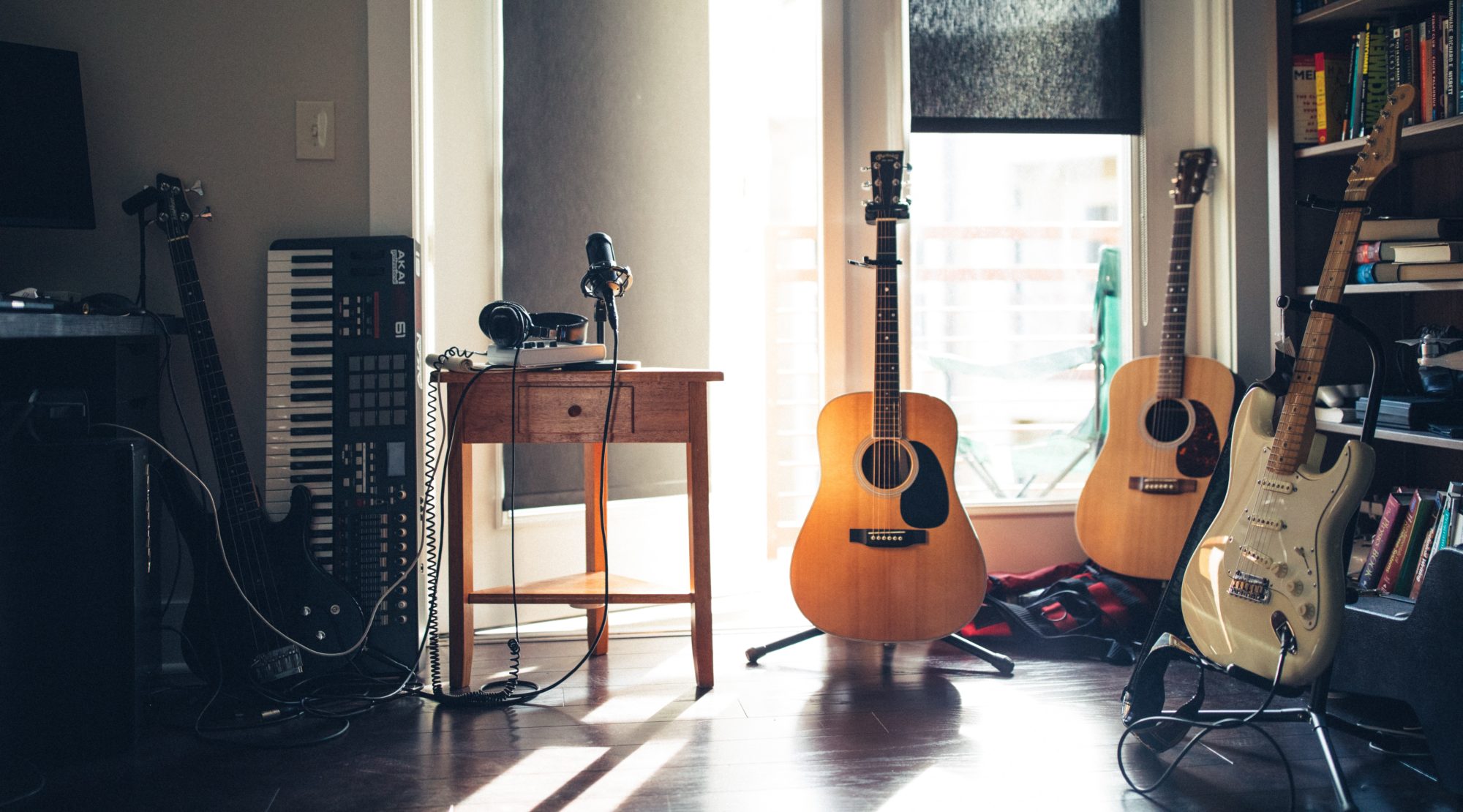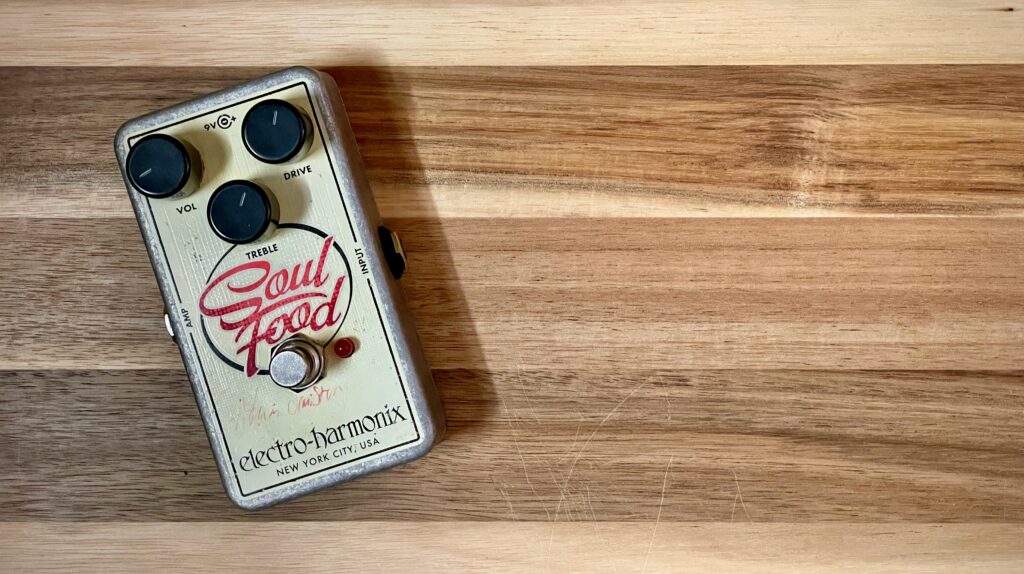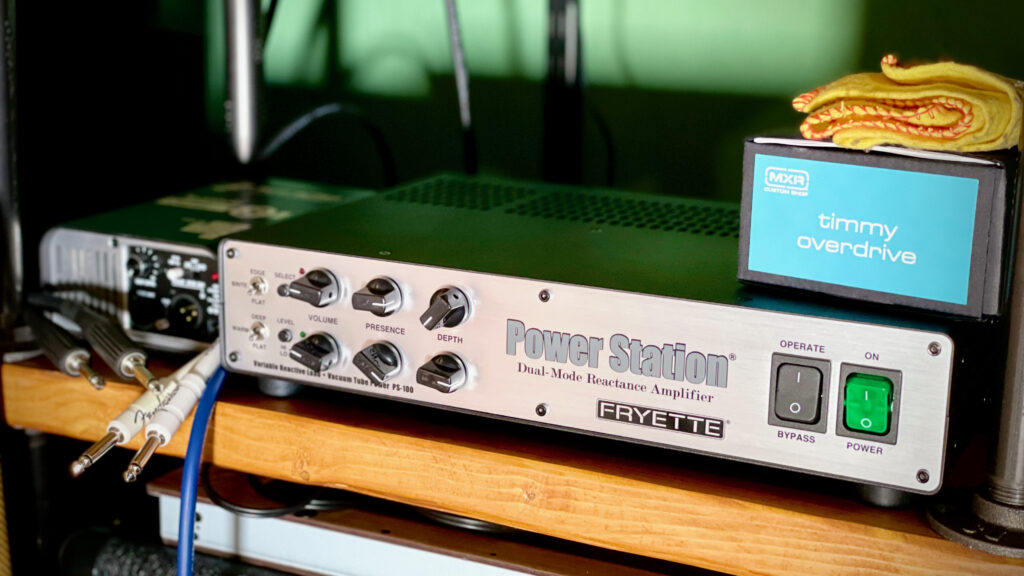Earlier in the summer, I went out and bought Apple’s Logic Pro (in part) because LUNA lacked support for virtual instruments (like drum plugins) that had multiple output channels.
A couple of days ago, Universal Audio released LUNA v1.7.0. The big feature? They’ve finally added multi-output plugin support.
My other reason for moving away from LUNA still stands. UAD’s plugins are prohibitively expensive for an amateur band like ours who collaborate remotely.
But for my solo projects (if I ever actually get round to them … 🙄)? I do love tracking guitars in LUNA …


